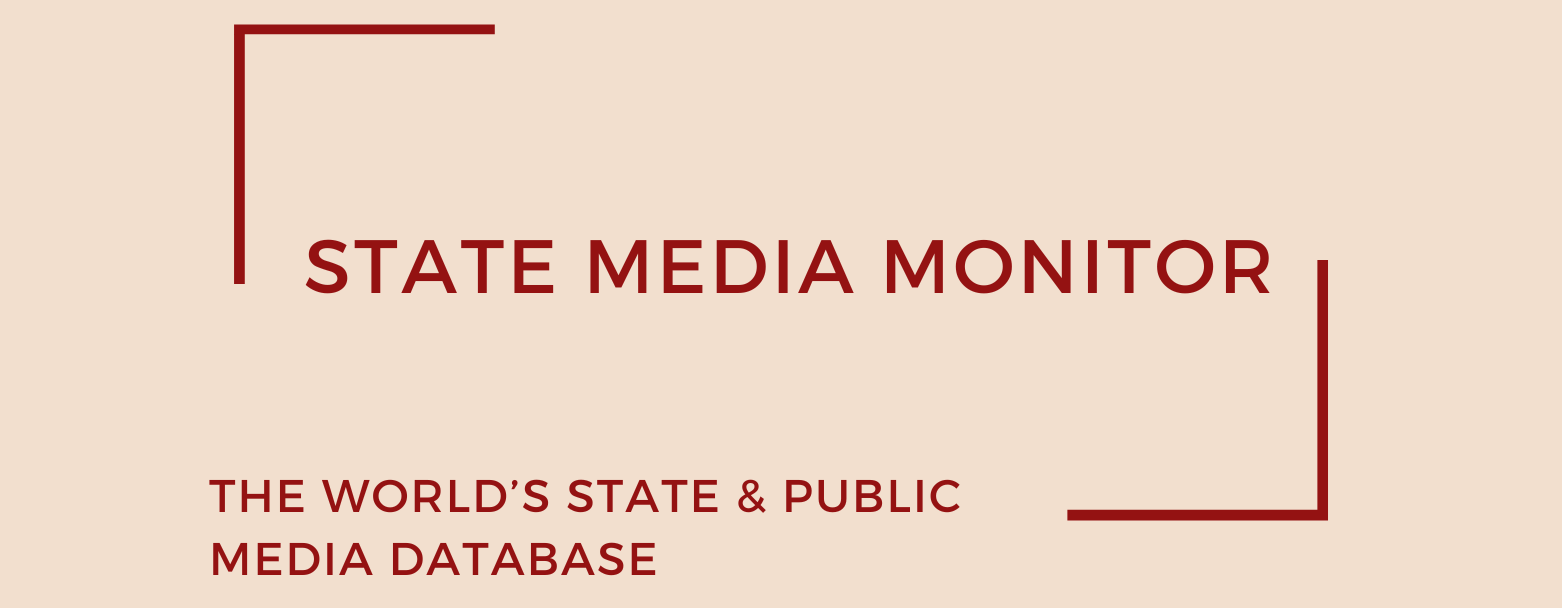Kayhan
Kayhan (meaning “The Cosmos” in Persian) is one of Iran’s oldest and most influential newspapers, first published in 1943. Over the decades, it has become a flagship publication for Iran’s hardline establishment, serving as both a mouthpiece and ideological vanguard for the country’s most conservative political currents.
Media assets
Newspaper: Kayhan Al Arabi
State Media Matrix Typology
Ownership and governance
Kayhan is published by the Keyhan Institute, an entity closely affiliated with Iran’s ruling elite. According to multiple local sources and media scholars consulted for this report, the Supreme Leader of Iran exerts direct influence over the newspaper, including the power to appoint its Editor-in-Chief.
The current Editor-in-Chief, Hossein Shariatmadari, is a longtime loyalist of Ayatollah Ali Khamenei, serving in the position since 1993. He is considered the Supreme Leader’s “representative” in the press, and his editorial direction is understood to reflect Khamenei’s personal and political worldview. This structure places Kayhan squarely within the orbit of Iran’s theocratic command center, leaving little doubt about the political loyalties shaping its editorial policy.
Source of funding and budget
There is no publicly available data regarding Kayhan’s financial statements, revenue, or operational budget.
However, according to local experts consulted in April 2024, the newspaper operates largely through government subsidies, channeled via cultural and media institutions aligned with the Office of the Supreme Leader. Advertising revenue plays a marginal role, as Kayhan’s readership and messaging are ideologically niche and state-supported.
The financial opacity surrounding Kayhan mirrors broader trends in Iran’s media ecosystem, particularly among ideologically rigid outlets protected by the ruling elite.
Editorial independence
Kayhan is not independent by any measure of international journalistic standards. Its editorial line is closely synchronized with the Supreme Leader’s political and ideological priorities. The paper routinely targets reformist politicians, independent journalists, civil society groups, and foreign governments, especially those perceived as adversarial to Iran’s conservative establishment.
In a notorious 2022 editorial, Editor-in-Chief Hossein Shariatmadari openly declared that Kayhan’s positions are “shared by the Supreme Leader”, underscoring the paper’s function as a quasi-official organ of the regime.
Its coverage frequently veers into incendiary rhetoric, with headlines and op-eds designed to inflame rather than inform, catering primarily to a religiously conservative and nationalist readership.
There is no domestic legal framework, institutional check, or independent oversight body that guarantees editorial autonomy for Kayhan or evaluates its content according to professional journalistic ethics.
July 2025
Citation (cite the article/profile as part of):
Dragomir, M. (2025). State Media Monitor Global Dataset 2025.
Media and Journalism Research Center (MJRC).
Zenodo.
https://doi.org/10.5281/zenodo.17219015
This article/profile is part of the State Media Monitor Global Dataset 2025, a continuously updated dataset published by the Media and Journalism Research Center (MJRC).
